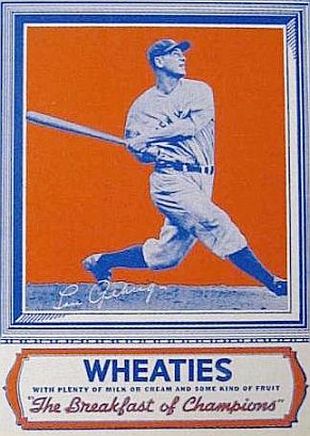The Pepsi logo has undergone several changes since its debut in 1898. It had originally consisted of just the name of the soda company, before it had been trademarked. Once it was trademarked in 1903, the logo began to evolve. Up until 1950, it remained as simple as the first logo, with subtle changes in the font. Walter Mack, the CEO of Pepsi, developed the design of a bottle cap with the Pepsi-Cola name on it. Also on the bottle cap was the first appearance of the “Pepsi Globe” which had been created to support the US war efforts during the second world war. This new logo was a huge hit and became an integral part of all future logos for the company.
Going into the 1960s, the name on the logo was changed to a more modern and bold font, and it had also been shortened to just “Pepsi”. The purpose of this was to make the Pepsi Globe the main attraction of the logo. Soon, the Pepsi Globe had evolved from a bottle cap to an actual spheric design. From there it had progressed significantly, but had always remained the most important part of Pepsi's marketing campaign. Today the Pepsi logo consists solely of the Pepsi Globe, which has been altered slightly, with no text.
